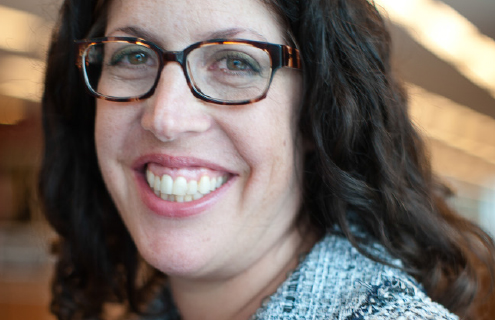Bank of America Merrill Lynch
Stephanie Colaric of BofA Merrill Lynch demystifies the ever changing landscape of custody banking and explains some of the imminent obstacles
How are regulations progressing, and how much more regulation do you predict to be coming down the path?
The introduction of widespread regulations will continue to impact every facet of the banking and financial services industry for many years to come: firstly, because many of the changes are being implemented in a phased, multi-year approach and, secondly, because it may be some time before the full impact of the changes can be seen. For example, regulations such as the US Dodd-Frank Act and Basel III have already fundamentally changed the way that banks and other affected financial institutions do business and will continue to impact these institutions for the foreseeable future. More specific market infrastructure changes, such as Target-2 Securities (T2S) and the Central Securities Depositories (CSD) directive, being introduced in a phased approach may continue to evolve over time particularly as they are affected by market forces.
What are custodians doing to prepare for T2S, and how has the euro crisis affected their preparations?
It would be fair to say that custodians are at differing stages of preparedness for the adoption of T2S. Some of the largest institutions have already invested heavily and set up their own depositories, but this approach may not make sense for smaller organisations. It will be a number of years before T2S is fully implemented, and many custodians are waiting to make a final decision until the alternative operating models and their value propositions become clearer.
How is pressure on the clients of custodians affecting mandates?
The entire financial services industry is going through a period of unprecedented change due to regulatory and market infrastructure upheaval brought about largely by the global financial crisis. The impact is being felt end-to-end, from the front office (such as the asset managers) to the administrators (such as global and sub-custodians) and through to the underlying market infrastructure entities (such as CSDs).
From a custodian’s perspective, this has created both opportunities and challenges. Asset managers want to concentrate on the business of making investment decisions—one of the key reasons they appoint global custodians in the first place. As cost pressures and regulatory requirements on their community intensify, they are increasingly looking to their custodians to take on as much of the heavy lifting as possible. They may outsource middle office, compliance, and risk reporting or, in the case of Alternative Investment Fund Managers Directive (AIFMD), have custodians act as a depository and take on everything that function entails.
This is creating opportunities for those custodians that are able to respond to more complex requirements and deliver a broad suite of products that go beyond a standard custody offering, but in doing so custodians must pay constant attention to the additional risk they are being asked to take on.
What clients are European custodians keen to pick up, and what are they doing to attract this business?
Client selection standards are becoming increasingly critical because of the risk management oversight and regulatory framework from global regulations, such as Basel III’s liquidity coverage ratio, and its proposed interpretation in the US.
These proposed changes will require custodians to evaluate each new client opportunity with respect to their underlying structure and activities and understand how much in high quality liquid assets (HQLAs) must be held against assumed outflows. Banks will look for deep relationships with their clients, as single-product relationships will be deemed less viable from a bank’s point of view. Relationships with custodians should be viewed holistically rather than on a product-by-product basis. Banks will need to look at the total value of the relationship, so clients may need to take a similar approach.
In response, many custodians that are part of large global institutions are becoming much more strategic in leveraging their firm-wide capabilities to offer clients a seamless end-to-end multiproduct capability covering such business lines as execution, custody, FX, treasury, and reporting—all delivered through one client-facing portal.
How do you view the market shape changing within the CSD space?
Opinion remains divided regarding the future number of CSDs post-T2S and whether the number will go down or up. Intuitively, it would seem that standardising the settlement infrastructure across Europe will lead to a reduction in CSDs, but ultimately only time will tell. However, it is clear that if a CSD is to survive in the future, it will need to change its servicing model from that of a utility and move up the value chain providing a more robust asset servicing capability. For a CSD this could either be through building out its own capability or by entering into strategic alliances with other participants.
What are the consequences of inefficient settlement, and how can obstacles be solved?
Generally speaking, the less efficient and streamlined the settlement process, the more participants are impacted by higher operating expenses, greater settlement risk, higher liquidity costs and a less efficient use of collateral. These are all issues that are intended to be addressed through the implementation of T2S in Europe. Other markets and regions in the world are at differing stages of evolution and their ability to implement their own T2S rules is limited by a lack of a single currency and by legal, tax and jurisdictional and political considerations.
A successful implementation of T2S will undoubtedly be closely watched and may be seen as a catalyst for change in other regions.



